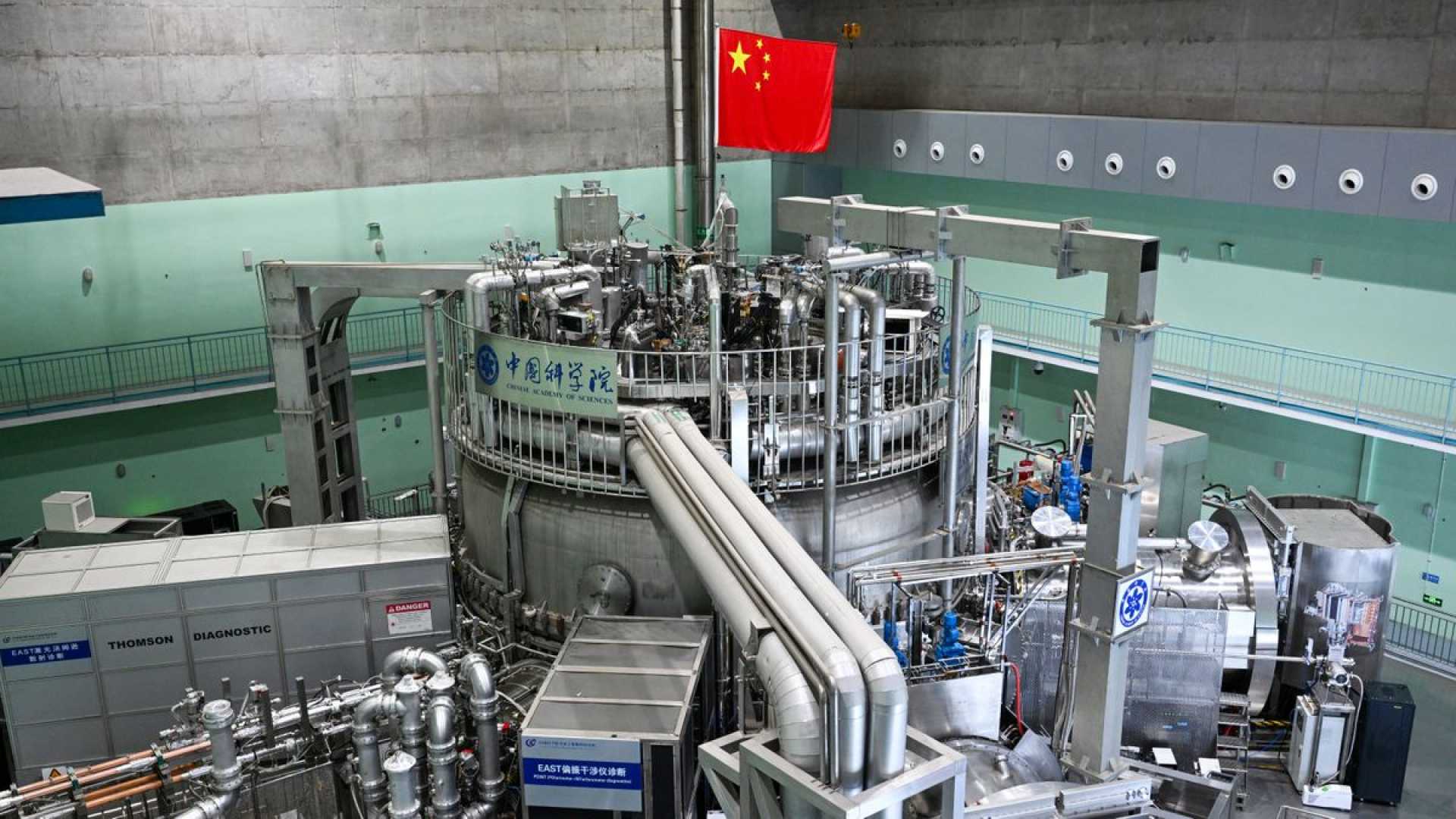Tech
China’s ‘Artificial Sun’ Breaks Fusion Record with 1,066-Second Plasma Confinement

HEFEI, China — China’s Experimental Advanced Superconducting Tokamak (EAST), nicknamed the “Artificial Sun,” has set a new world record by maintaining ultra-hot plasma for 1,066 seconds, more than doubling its previous achievement. The milestone, achieved on Jan. 20, 2025, marks a significant step toward harnessing nuclear fusion as a near-limitless clean energy source.
The EAST reactor, located at the Institute of Plasma Physics under the Chinese Academy of Sciences, confined plasma at temperatures exceeding 100 million degrees Celsius (212 million degrees Fahrenheit) for nearly 18 minutes. This breakthrough surpasses its previous record of 403 seconds set in May 2023 and demonstrates progress in stabilizing plasma, a critical requirement for future fusion power plants.
Nuclear fusion, the process that powers stars, involves fusing light atomic nuclei to release energy. Unlike nuclear fission, fusion produces minimal radioactive waste and no greenhouse gases. However, replicating the extreme conditions of the sun on Earth has proven challenging. EAST uses powerful magnetic fields to contain plasma in a donut-shaped chamber, a design known as a tokamak.
“A fusion device must achieve stable operation at high efficiency for thousands of seconds to enable the self-sustaining circulation of plasma, which is critical for the continuous power generation of future fusion plants,” said Song Yuntao, director of the Institute of Plasma Physics, in a statement to Chinese state media.
EAST is part of a global effort to develop practical fusion energy. China is a key participant in the International Thermonuclear Experimental Reactor (ITER) project, a multinational initiative to build the world’s largest fusion reactor in southern France. ITER, expected to achieve its first plasma by 2034, will serve as a research tool to pave the way for commercial fusion power plants.
While EAST and other fusion reactors currently consume more energy than they produce, advancements like this record-breaking plasma confinement bring scientists closer to achieving ignition—the point at which a fusion reaction becomes self-sustaining. EAST’s upgrades, including a doubling of its heating system’s power, contributed to the latest achievement.
Fusion energy remains a long-term goal, with practical applications likely decades away. However, milestones like this demonstrate the potential for fusion to revolutionize global energy systems, offering a clean, virtually limitless power source.












